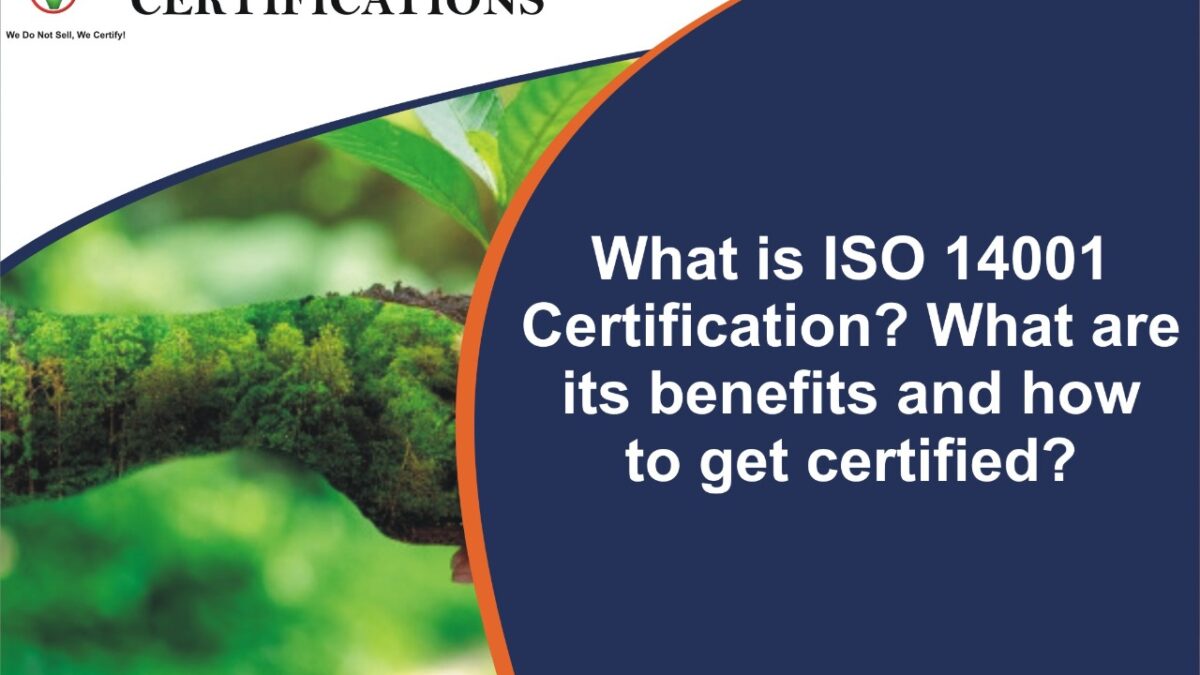Created in 1996, and last updated in 2015, ISO 14001 certification sets out a list of guidelines for establishing and maintaining an environmental management system (EMS) in an organization. With the growing concern all over the world regarding the deteriorating environment, it has become all-the-more important for an individual or an organization to monitor the impact of their activities on the environment. Thus, acquiring ISO 14001 Certification enable behavioural change that are environmentally sustainable.
WHAT ARE THE OBJECTIVES OF ISO 14001 CERTIFICATION?
- It enables an organization in developing or upgrading their EMS to an internationally accepted standard. This ensures that the best practices are followed to reduce the organization’s negative impact on the environment.
- It acts as an official recognition or a valid proof of the organization’s efforts towards sustainable environment. Thus, it enables compliance to environmental regulations of the land.
WHAT ARE THE BENEFITS OF ISO 14001 CERTIFICATION?
Primarily, ISO 14001 certification entails 2 types of benefits for the organization- environmental and financial.
Environmental benefits- ISO 14001 certification requires that the organization implement those practices and processes that are environmentally-friendly. It creates an awareness among your workforce regarding the environmental issues and helps in inculcating environmentally best practices among them.
Financial benefits-ISO 14001 has unimaginable financial benefits for an organization. By acting as a proof of compliance, it reduces the legal costs of the organization. It also enhances the brand value in market, which in turn, open up huge opportunities for your organization.
HOW TO GET ISO 14001 CERTIFICATION?
Once you have implemented the EMS in your organization, it becomes necessary for you to get yourself audited in order to achieve the ISO 14001 Certification. When you choose SIS Certifications to perform the audits, you will be required to first fill up the application form. Once you have reviewed all the requirements of the certification, you may plan your audits accordingly.
There are some mandatory steps to obtain ISO 14001 certification. Once the formality of documentation has been taken care of, following steps should be followed to acquire the certification:
- Internal Audit- this is done to verify the data provided by you in the form.
- Management Audit- the administration of your organization conducts a survey to understand the practical realities.
- Corrective activities- After the internal and management audits, you are required to analyse and close the gaps that are observed. Make sure to archive information about the actions that were taken to fill those gaps.
The process of obtaining ISO 14001certification comprises of two stages:
- Stage one (documentation survey) – the reviewers from the certification body of your choice will thoroughly verify if the documentation meets prerequisites of ISO 14001 certification.
- Stage two (Primary audit) – Here, the consistency between your documentation and the requirements of ISO 14001 certification are verified. This is done by thorough investigation of reports, records and company practices.
It must be noted that the International Organization for Standardization does not certify, it just publishes the ISO Certification. An external body performs the certification. SIS Certifications is one such body which has a reputation for being one of the best in the world. Our vast pool of auditors is recognized for their expertise in comprehensively auditing the compliance of your management systems against the required standards and awarding you with the certifications at the end. The smoothness in the process, our integrity, and our commitment to deadlines make us stand apart from other certification bodies.
Thanks for Reading!


